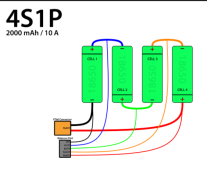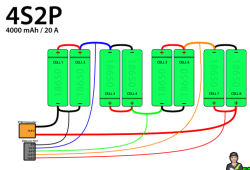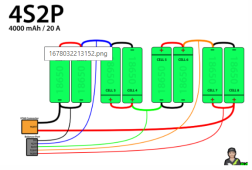OffGridInTheCity
Solar Wizard
You know - at the power levels I was listing above such as 22kwh/day.... a vehicle alternator is just not in the right scale of ability for me. I've tried to think about using the car engine - but it just doesn't help enough at 40a. I wish there were 3000w-5000w generator add-ons for engines instead of trying to fool around with 5000w/12v = 417a alternators. I could use 5000w of charging during a 4hr daily driving trip or even parked at a site and run the engine as vehicles are usually pretty quiet. If the generator output 120v/240v one could plug it in (or hook it to) the external grid input a lot of trailers have.
EV trucks are starting to offer this level of external power. @Will did an EV truck recently that could output 7000w.
EV trucks are starting to offer this level of external power. @Will did an EV truck recently that could output 7000w.
Last edited:





